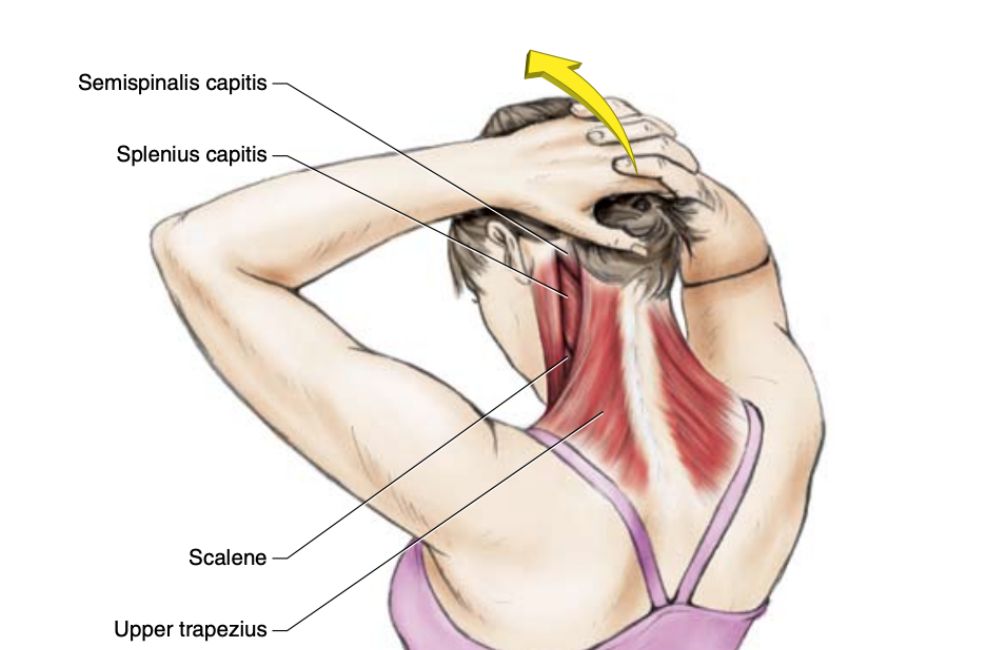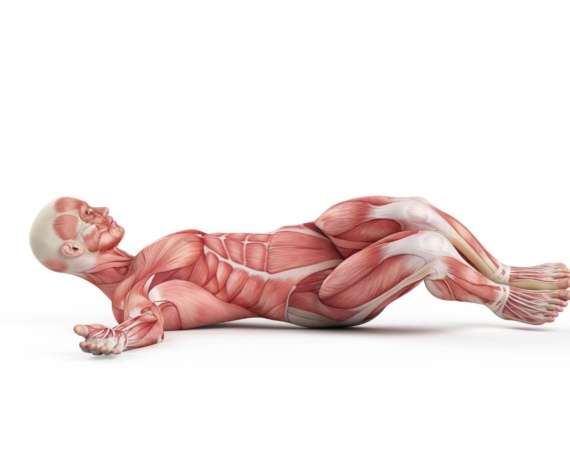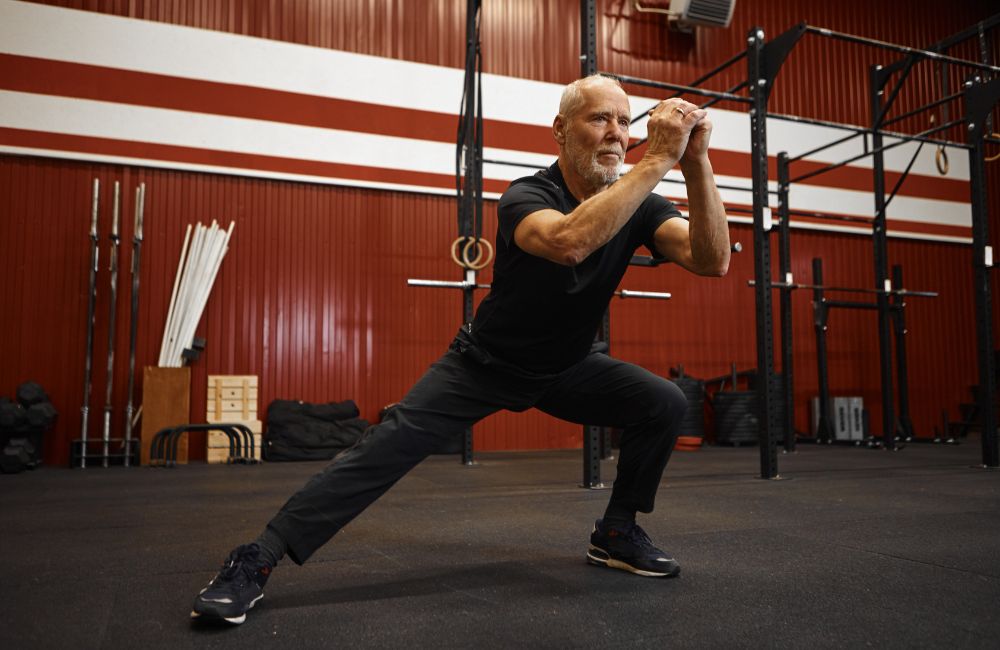
Over 60? Build total-body strength, stability, and balance, and improve your overall health and fitness with these 5 simple moves.
Getting older often comes with its fair share of both benefits and drawbacks. For one thing, with age comes wisdom. As we age, we gain insight into many aspects of our lives and we usually get a better understanding of what is truly important in life.
On the other side of the coin, our later years are typically accompanied by increased aches, pains, and difficulty with daily tasks. Luckily, there are ways to easily mitigate these drawbacks.
One such method for increasing strength and vitality later in life is to perform regular exercise. Specifically, the following 5 exercises, I will describe in detail in this article.
5 Best Exercises for Over 60
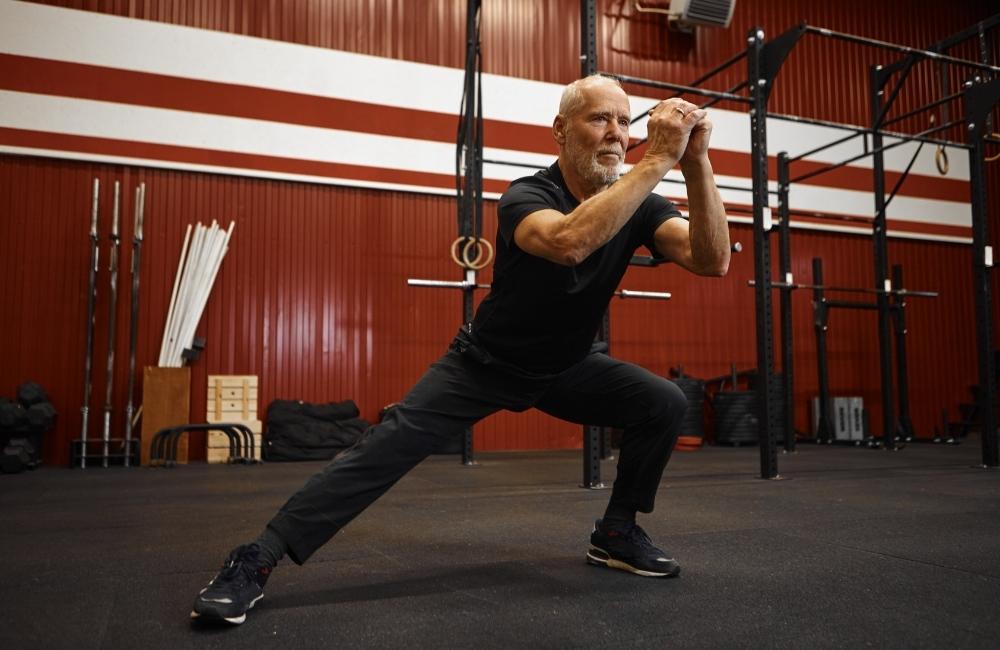
To be clear, this article will discuss exercises designed to improve strength and stability. Of course, you should also be sure to participate in flexibility training and cardiovascular exercise as well.
These three modes of exercise will ensure that you are as healthy as you can possibly be, no matter your age.
1. Pushups
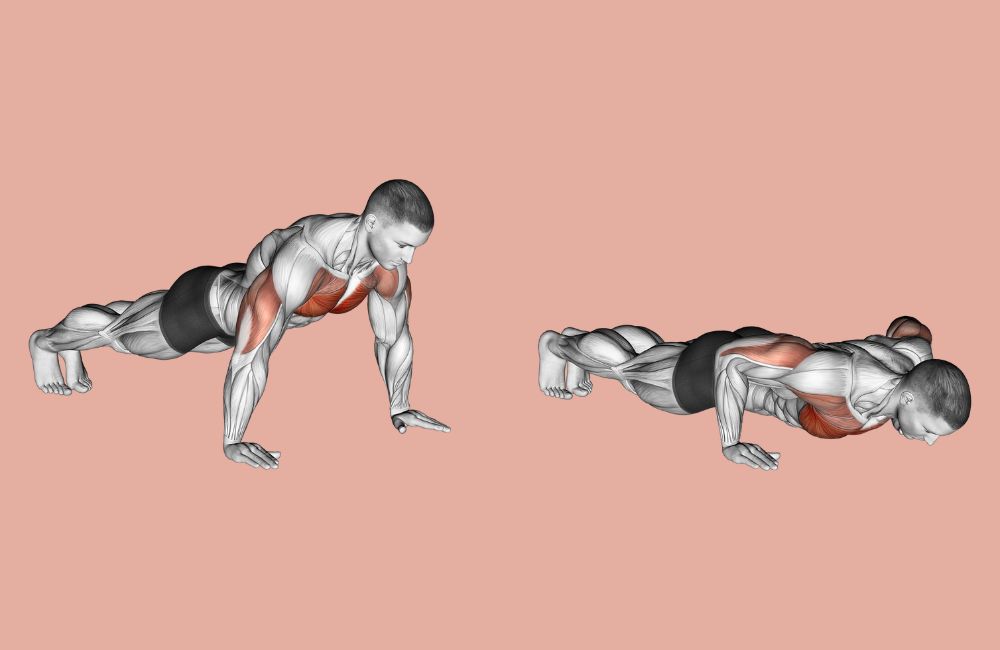
Pushups are an amazing exercise for the upper body and the core musculature. This exercise emphasizes the chest, triceps, shoulders, and abdominal muscles to a high degree.
Even better, pushups can easily be modified to make them easier or harder simply by changing the degree of incline or decline.
How to Perform:
- Place your hands on the floor, directly beneath your shoulders.
- At the same time, rise up on your toes with your feet about hip-width apart.
- Slowly lower your chest down toward the floor by bending your elbows and keeping them close to your sides.
- Lightly touch your chest to the floor, then slowly push yourself back up into the starting position.
- Perform 10-15 reps per set, for 3 sets per session, 2-3 times per week.
2. Squats
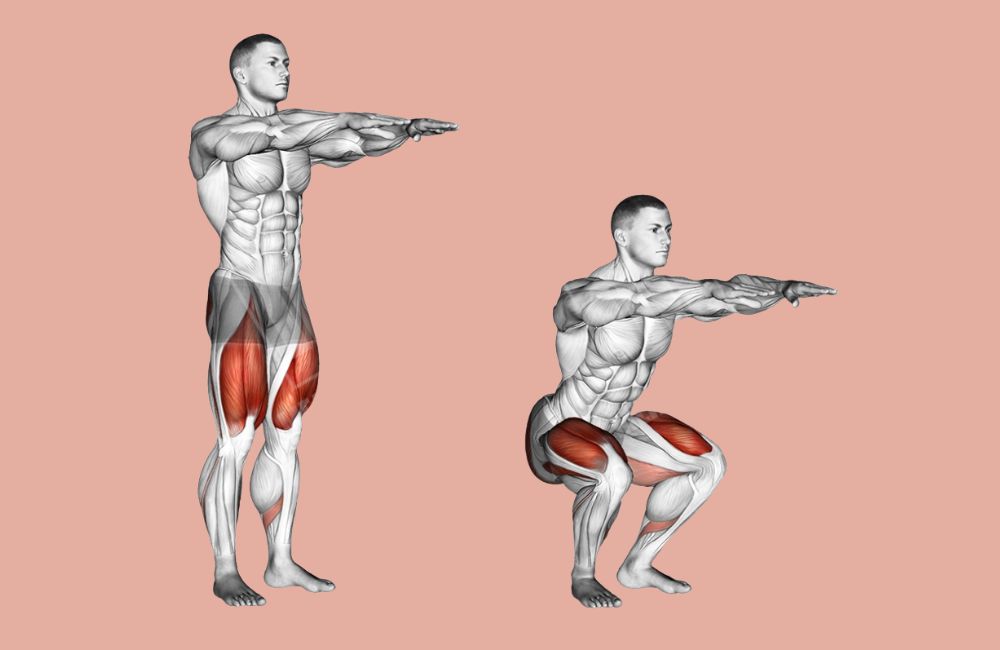
Squats are a fantastic exercise for nearly everyone, in every stage of life. This movement is extremely functional, as we all squat throughout the day when we’re standing up from a chair or performing other daily tasks.
But performing a squat with good form is not always easy. In fact, it takes a lot of practice to become proficient in squatting. If you’re new to the squat, take your time and ensure that you develop good habits early on.
How to Perform:
- Stand with your feet about hip-width apart, with your toes either pointing forward or slightly out to the sides.
- Keeping your trunk straight, bend your knees and attempt to sit back as you move into the downward position of the squat.
- Once you’ve reached the bottom of your available range, reverse the motion and return to standing to complete the rep.
- Repeat this alternating motion for 10 reps, for 3 sets, 2-3 times per week.
3. Bridges
Glute strength is often overlooked in most strength training programs. While you don’t necessarily need to perform many isolation exercises, glute bridges should be a part of your routine.
Bridges are especially great because they can be performed anywhere, as long as you have some floor space!
How to Perform:
- Lie on your back with your feet flat on the floor and your knees bent.
- To make the exercise harder, reach your hands toward the ceiling. To make it easier, keep your arms and hands on the ground.
- Press through your heels so that your buttocks raise in the air.
- Hold the contraction for 10 seconds.
- Slowly lower your buttocks to the ground to complete the rep.
- Perform 10-12 reps per set, 3 sets per session, and 2-3 sessions per week.
4. Dead Bugs
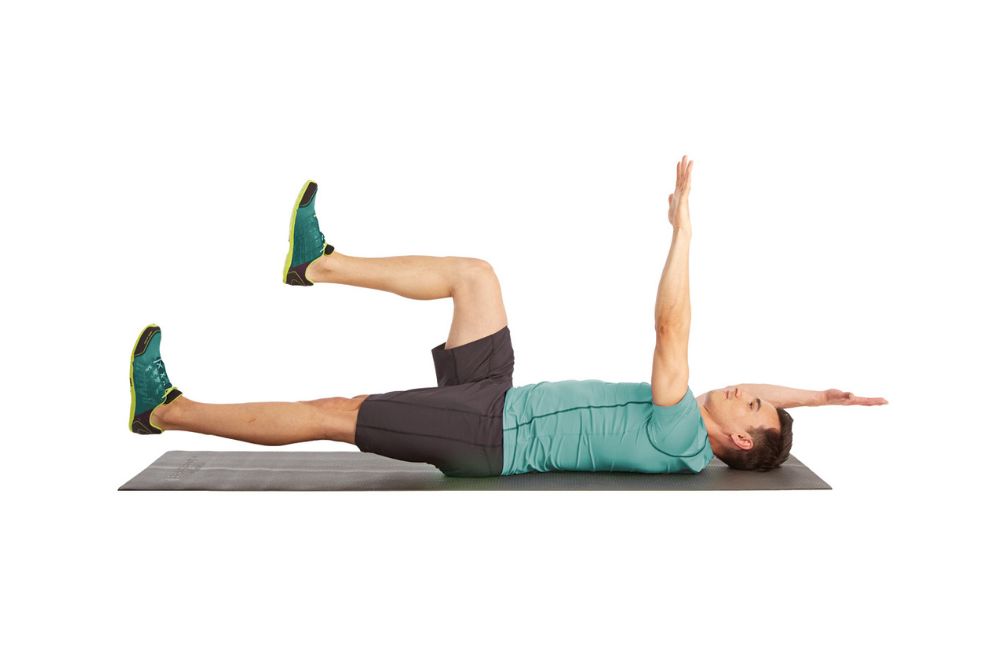
Core strength is extremely important, especially later in life. Having a stronger core has been associated with decreased low back pain and many other benefits.
Dead bugs, like many of the other exercises on this list, can easily be performed almost anywhere, as long as you have plenty of floor space available.
How to Perform:
- Life flat on your back, with your legs straight.
- Lift your left leg and right arm a few inches off of the ground.
- At the same time, bring your right knee up towards your chest as you simultaneously bring your left hand toward your said knee.
- Next, switch sides.
- Continue to alternate sides for 10 reps per side, 3 sets, 2-3 times per week.
5. Bird Dogs
Bird dogs are a phenomenal core exercise. This movement strengthens many of the muscles in the abdominal region and in the low back.
Stability is one of the most important factors in keeping the back strong and pain-free. So, if you’re worried about back pain, get down on the floor and do your bird dogs!
How to Perform
- Begin by placing your hands and knees on the floor, with your hands directly under your shoulders and your knees directly under your hips.
- Extend your left leg directly behind you, in line with your trunk, as you extend your right hand straight out in front of you at the same time.
- Hold this position for 15 seconds, then switch sides.
- Repeat this motion on both sides 10 times, for 3 sets, 2-3 times per week.
The Takeaway
Aging can be a tough process, but it doesn’t have to be! As you enter your 60s is important that you take the proper steps to keep yourself strong and stable. You’ll put yourself in the best position for healthy aging. The 5 exercises over 60 in this article will help you build strength, balance, stability, and improve your posture.
Works Cited
- McPhee, J. S., French, D. P., Jackson, D., Nazroo, J., Pendleton, N., & Degens, H. (2016). Physical activity in older age: perspectives for healthy aging and frailty. Biogerontology, 17(3), 567–580. https://doi.org/10.1007/s10522-016-9641-0
- Vecchio LD. The health and performance benefits of the squat, deadlift, and bench press. MOJ Yoga Physical Ther. 2018;3(2):40-47. DOI: 10.15406/mojypt.2018.03.00042
- Ko, D. S., Jung, D. I., & Jeong, M. A. (2014). Analysis of Core Stability Exercise Effect on the Physical and Psychological Function of Elderly Women Vulnerable to Falls during Obstacle Negotiation. Journal of physical therapy science, 26(11), 1697–1700. https://doi.org/10.1589/jpts.26.1697

